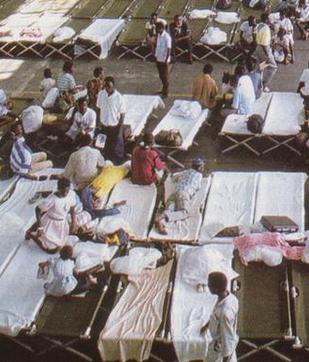Immigration from CIS Snapshot
Chinese woman in Chinatown
|
Immigration from CIS Snapshot
|
|
Chinese woman in Chinatown
|
 |
|
Guantanamo refugees from CNN
|
|
Korean-Americans from CAPAA
|
|
Members of the California Coalition for Immigration Reform protest the March 22, 2001 arrival of Mexican President Vicente Fox outside the Century Plaza Hotel in Century City City, CA (AFP)
|
|
Elian Gonzalez is taken by U.S. federal agents from his Miami relatives in a pre-dawn raid 4/22/00.
|